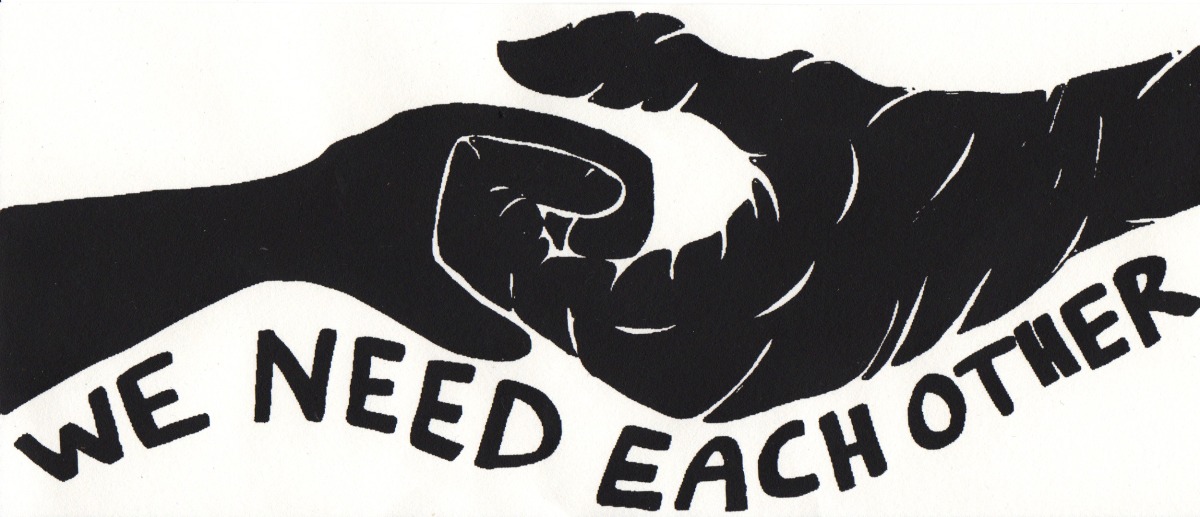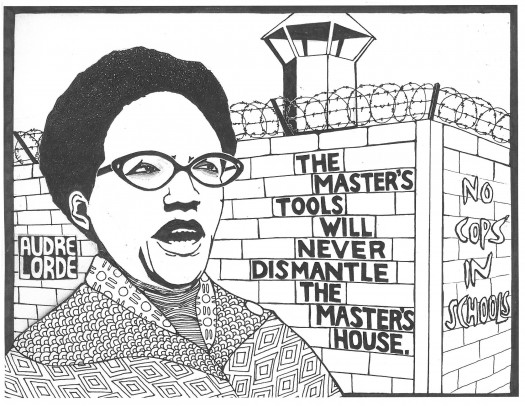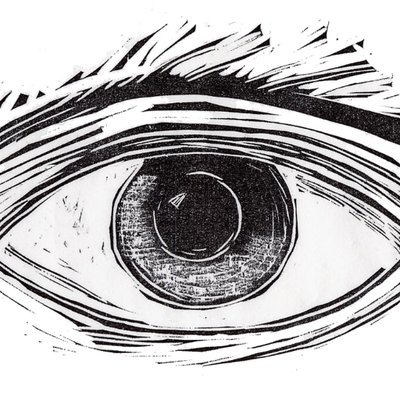“If we really want to create a broad-based movement, a mass movement, we have to step up our relationship skills.“
Let me share some of my frustration regarding working with AIDS-service organizations in the 90′ and 00’s. I was a ballroom kid with a college education. I lived and moved in two worlds, two connected worlds. The very people I walked balls with were also those most impacted by HIV: poor Black queer and trans folks. The mission of the ASO’s was to save lives: prevent infection, and for those already infected, get them into treatment. One major problem was that those who worked in ASO’s weren’t directly connected to those they served. If you were to ask the ballroom kids who ran the major ASO’s in Philly, maybe 10% could tell you. And I am reaching with that number.
How does this impact the mission and the work? The ASO’s, being NPO’s, were always concerned with “numbers served.” The goal was to get as many bodies through the doors as possible. What happened once those bodies were inside was a different story. Good numbers meant steady funding. Steady funding meant staying employed. Most of the staff at the ASO’s were strangers to the “kids”. And stayed that way. There were a few of us who went to the clubs and participated in ballroom who worked at these organizations. Mainly, in lower level posts. Plans and strategy would come from the top. And we were expected to follow. The most frustrating part was when the plans were obviously off point and we had to get creative and produce numbers anyway. The higher ups didn’t listen to us. They listened to funders. Those of us who were creative enough to get numbers while making the plan look good moved up the ladder.
We weren’t saving lives. We were saving our jobs. I had enough. I saw too many friends and associates die to continue. I knew that we could actually save lives. We could build a strong, resilient community. But we had to change. We needed to bring the people inside. We needed to listen. We needed to prioritize their concerns. We needed to meet them where they were. We needed to overturn our flow chart.
But there weren’t any takers on that. It was a friend, Kareem Excellence, who helped me understand the power of us doing for us. I had known Kareem for a decade. He was finishing his undergrad studies and planned to go south for grad school. But until then, he was connecting with the kids on the streets, at the functions and in the clubs. He was talking to them. He was doing mutual aid work. But most important, he was listening. Kareem pulled me into that work.
We had no funders. We had no office. We had no staff. We had each other. And we were making a great impact in the kids’ lives. Why? Because we were listening to what they said they needed to be healthy, to be safe, to be community.
The work was tiring. It never seemed to stop. But it was worth it. I take from that experience and apply it to my work now. It has helped. But sometimes, I feel frustrated, like I am working in an ASO again.
The key to both types of work is being connected to the people we are struggling alongside. I have said numerous times: If you’re doing this work and you’re not directly connected to someone inside, you are wrong. Until we connect, there is no relationship. And relationships matter. There was no way we could talk to the kids about safer sex and why we weren’t using protection if we hadn’t built a strong relationship. I became Uncle Stevie to half the ballroom kids. I worked on building connections based on honesty and sincerity. And I showed up too.
I didn’t behave like an ASO executive director and expect others to report to me about what was going on. I didn’t act like a staff member who needed number for a project. Sadly, some in our movement behave like this. They aren’t connected to imprisoned folks. They take reports from others. They call a formerly incarcerated person to sit in a panel, but as soon as the panel is over, the phone stops ringing.
And this analogy isn’t just about outside activists/organizers. Many of us inside act like ASO staff.
How many of us are connected to the people right where we are? Some of us spend tons of energy trying to organize with people 100, 500, even 1,000 miles away, yet we don’t say two words to our neighbors. And yet, we claim to speak for them! If we can’t do the work right where we are, we won’t be able to do it anywhere else. Get connected where you are. Make change where you live. That is where it begins.
Some of us are quick to call on other imprisoned folks to support our actions, whether they be strikes, boycotts or stoppages, yet before the action, we didn’t have two words to say to other prisoners. And we wonder why our call goes unanswered. We don’t talk to or get connected with others. We don’t know what is going on in their lives. But as soon as we say so, they are supposed drop everything and join us. Why should they?
If we really want to create a broad-based movement, a mass movement, we have to step up our relationship skills. We have to get connected. We have to show up for people. On the daily. We have to listen to people. The movement’s power is in the people. It’s truly a bottom-up movement. If we strengthen our connections, if we listen to each other, if we show up regularly, we can win.
Always,
Stevie



